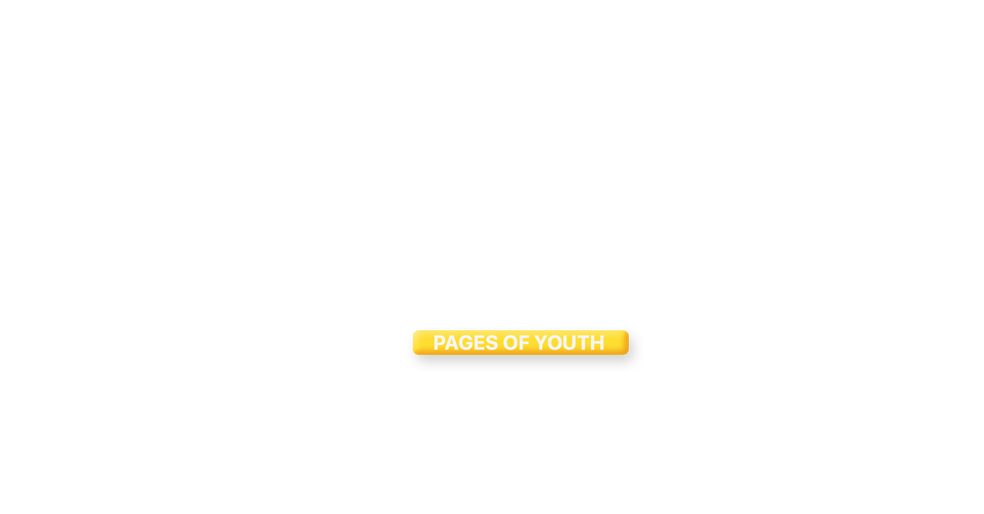Unlocking Success:
No Key, No Entry
BY MA. EMMYLOU SOLIDUM | NOVEMBER 17, 2023

Graphics by Renzo Cabitlada
“Education is the key to success.” We hear this line quite a lot. With the current education system in the Philippines, will this supposed "key" help the Filipino children reach success?
Keys Full of Rust
When I was an elementary student, our school was the smallest in our district. Compared to other educational institutions in the province, it was the smallest one I’ve seen. And no, we could not label it as something that is "small in presence yet big in achievements" because our school didn’t have all the facilities and equipment to cater the students' needs. We did not get to study in an air-conditioned library nor enjoy a physical education (PE) class at a school field. Basically, my student life just revolved around adjusting and making use of what was available.
While I thought I was the only person who struggled with learning due to lack of academic facilities and resources, a continuously growing number of Filipino youth have also been struggling, backed by the same unfortunate situation.
Elementary students Zoe, 7, and Erich, 11, say that their schools from Cavite and Mindoro respectively, don't even have their own library, making them receive outdated textbooks. Sadly, these are supposed to be just primary issues, manifesting that the "rust" on the "key" has started to spread and scatter.
Turns out, our parents’ stories of how they grasped at straws just to get to school aren’t just myths. Teachers and children from remote places like in Davao and Oriental Mindoro have to cross a river, hike up and down steep, pass dangerous mountains, and walk several kilometers barefoot just to get to their schools. As an effect, the young learners become sluggish, which affects their learning performance at the institution. What’s even worse, they have to face all those obstacles again and again once the class is dismissed.
However, such an exhausting journey to school is just one of the struggles Filipino students experience nowadays. Erich and her peers still suffer from understanding complicated lessons discussed in a short amount of time. This disrupts their learning process and makes them lose interest in studying.
Despite the current curriculum adapting to advanced technology in the education sector, not all learners are enjoying such privilege. Ralph, 13, complains about not having gadgets, alongside an access to internet connectivity which hinders him from having educational resources online and gathering information for his school activities in Oriental Mindoro.
These problems resulted in Filipino students performing poorly both on the 2018 Programme for International Student Assessment (PISA) and the Trends in International Mathematics and Science Study (TIMSS) in 2019.
The results from 2018 PISA exposed that 80% of the Filipino youth are not proficient in reading—even at a minimum level, while the 2019 TIMSS result shows that only 13% of Filipino students have some basic mathematical knowledge with only a limited understanding of scientific concepts and foundational science facts.
This leaves Juan to wonder, “Are we leaving students behind?”
The Locksmith’s Promise To Fix The Key
A recent Social Weather Station (SWS) survey showed that Filipinos grew dissatisfied with the K–12 basic education program, prompting parents, students, and teachers to repeatedly call out the government to remove the "rust" in the education system.
The Department of Education (DepEd) then introduced the recalibrated curriculum called the MATATAG K-10, which aims to decongest former educational competencies and focus on the development of foundational skills (language, reading and literacy, mathematics, good manners and right conduct, and makabansa) among young Filipino learners to avoid “further losses.”
From Rust to Riches
For years, teachers have countlessly called on the government to give what the students and teachers rightfully deserve. For Cavite-based high school teacher Dianne Caabay, if teachers can get a good salary, they can focus more on students’ learning needs. Having adequate compensation “would provide teachers with the means to invest in professional development opportunities that enhance [their] teaching skills.”
Apparently, the teachers’ efforts are allegedly not enough for the students to learn efficiently and effectively. Caabay even emphasized that it would be a great help if the government built spaces that are more conducive to learning, especially with having round tables and well-ventilated classrooms that would promote interactive learning. She also suggests that providing financial scholarships and assistance, especially to marginalized students, should also be a priority, for there are so many talents and potentials trapped in poverty.
Aside from this, teachers demand less paperwork to have more time to teach, rather than spending their time complying with the reports they are required to accomplish and submit. Their collective call: let the teachers do what they’re hired to do—teach.
With DepEd’s new curriculum, is there new hope for the Filipino children’s future? Is this finally the key to success?


